FARMLANDS WRECKED BY TYPHOON
입력 2019.10.04 (15:02)
수정 2019.10.04 (17:36)
읽어주기 기능은 크롬기반의
브라우저에서만 사용하실 수 있습니다.
[Anchor Lead]
The latest typhoon Mitag battered the farmlands in the Jeonnam Region, where it first made landfall. Some farmers even gave up this year's harvest after suffering repeated crop losses and floods from the autumn typhoons.
[Pkg]
Rice plants have fallen flat on this vast field. All the collapsed stalks lie helplessly in the water. The entire village has been so battered by the typhoon that no crop is left intact. The latest typhoon brought a precipitation of about 300 millimeters to the Boseong region in Korea's southwest. Rice stalks bearing heavy grains ready for harvest were left completely defenseless against the gale-force winds and torrential rain. Farmers are dazed and crestfallen.
[Soundbite] KIM KANG-SUN(LOCAL RESIDENT) : "The rain would knock over the rice plants over and over again."
Farmers barely salvaged the rice plants that fell due to the two typhoons that hit Korea last month before they were devastated again. Even worse, the grains submerged in the watery ground began to sprout. Farmers are left with no other option than to give up this year's harvest. This year's typhoons caused 32,000 hectares of rice plants to collapse in the Jeollanam-do region alone. Including the discolored grains that would be rendered unmarketable, 49,000 hectares or 30% of all farmland suffered damage.
[Soundbite] SEON JEOM-JA(LOCAL RESIDENT) : "I can't be more dejected. In the past, we were able to salvage the crops because the weather had cooperated afterwards. But it's hopeless this year. The water won't drain at all."
Autumn rainstorms and typhoons have hopelessly crippled Korea's breadbasket region ahead of the harvesting season.
The latest typhoon Mitag battered the farmlands in the Jeonnam Region, where it first made landfall. Some farmers even gave up this year's harvest after suffering repeated crop losses and floods from the autumn typhoons.
[Pkg]
Rice plants have fallen flat on this vast field. All the collapsed stalks lie helplessly in the water. The entire village has been so battered by the typhoon that no crop is left intact. The latest typhoon brought a precipitation of about 300 millimeters to the Boseong region in Korea's southwest. Rice stalks bearing heavy grains ready for harvest were left completely defenseless against the gale-force winds and torrential rain. Farmers are dazed and crestfallen.
[Soundbite] KIM KANG-SUN(LOCAL RESIDENT) : "The rain would knock over the rice plants over and over again."
Farmers barely salvaged the rice plants that fell due to the two typhoons that hit Korea last month before they were devastated again. Even worse, the grains submerged in the watery ground began to sprout. Farmers are left with no other option than to give up this year's harvest. This year's typhoons caused 32,000 hectares of rice plants to collapse in the Jeollanam-do region alone. Including the discolored grains that would be rendered unmarketable, 49,000 hectares or 30% of all farmland suffered damage.
[Soundbite] SEON JEOM-JA(LOCAL RESIDENT) : "I can't be more dejected. In the past, we were able to salvage the crops because the weather had cooperated afterwards. But it's hopeless this year. The water won't drain at all."
Autumn rainstorms and typhoons have hopelessly crippled Korea's breadbasket region ahead of the harvesting season.
■ 제보하기
▷ 카카오톡 : 'KBS제보' 검색, 채널 추가
▷ 전화 : 02-781-1234, 4444
▷ 이메일 : kbs1234@kbs.co.kr
▷ 유튜브, 네이버, 카카오에서도 KBS뉴스를 구독해주세요!
- FARMLANDS WRECKED BY TYPHOON
-
- 입력 2019-10-04 15:07:36
- 수정2019-10-04 17:36:11
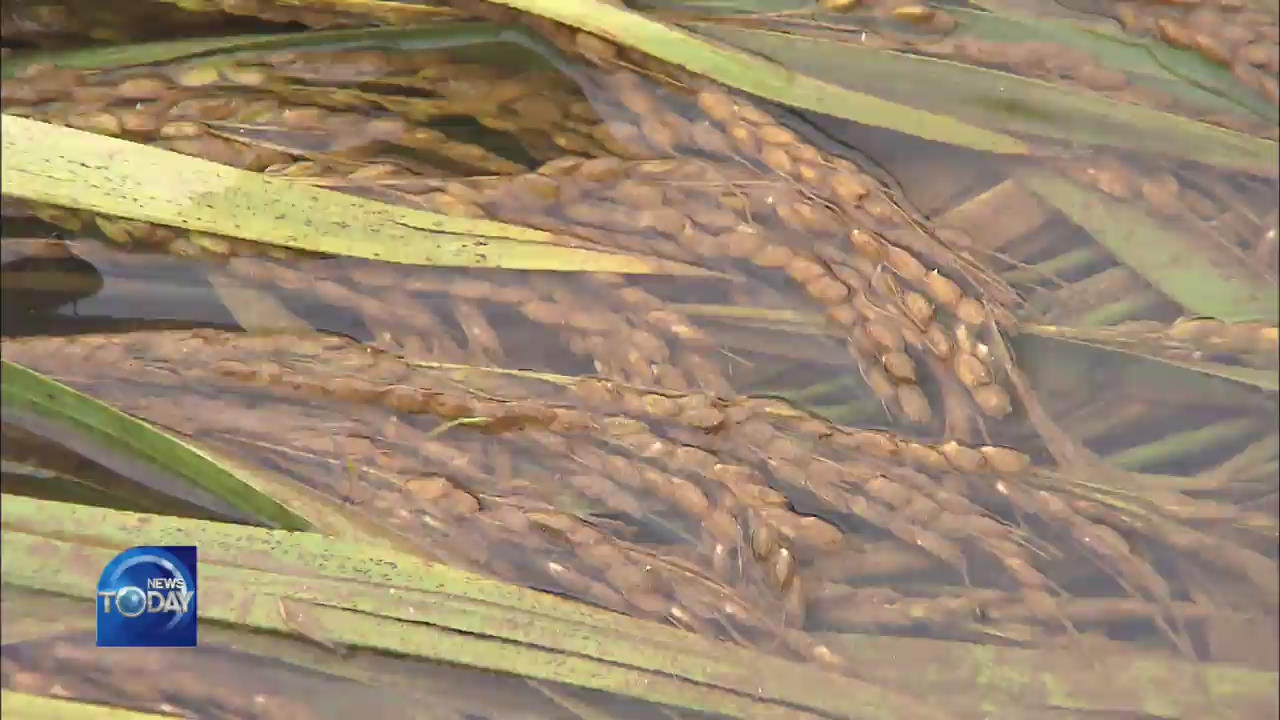
[Anchor Lead]
The latest typhoon Mitag battered the farmlands in the Jeonnam Region, where it first made landfall. Some farmers even gave up this year's harvest after suffering repeated crop losses and floods from the autumn typhoons.
[Pkg]
Rice plants have fallen flat on this vast field. All the collapsed stalks lie helplessly in the water. The entire village has been so battered by the typhoon that no crop is left intact. The latest typhoon brought a precipitation of about 300 millimeters to the Boseong region in Korea's southwest. Rice stalks bearing heavy grains ready for harvest were left completely defenseless against the gale-force winds and torrential rain. Farmers are dazed and crestfallen.
[Soundbite] KIM KANG-SUN(LOCAL RESIDENT) : "The rain would knock over the rice plants over and over again."
Farmers barely salvaged the rice plants that fell due to the two typhoons that hit Korea last month before they were devastated again. Even worse, the grains submerged in the watery ground began to sprout. Farmers are left with no other option than to give up this year's harvest. This year's typhoons caused 32,000 hectares of rice plants to collapse in the Jeollanam-do region alone. Including the discolored grains that would be rendered unmarketable, 49,000 hectares or 30% of all farmland suffered damage.
[Soundbite] SEON JEOM-JA(LOCAL RESIDENT) : "I can't be more dejected. In the past, we were able to salvage the crops because the weather had cooperated afterwards. But it's hopeless this year. The water won't drain at all."
Autumn rainstorms and typhoons have hopelessly crippled Korea's breadbasket region ahead of the harvesting season.
The latest typhoon Mitag battered the farmlands in the Jeonnam Region, where it first made landfall. Some farmers even gave up this year's harvest after suffering repeated crop losses and floods from the autumn typhoons.
[Pkg]
Rice plants have fallen flat on this vast field. All the collapsed stalks lie helplessly in the water. The entire village has been so battered by the typhoon that no crop is left intact. The latest typhoon brought a precipitation of about 300 millimeters to the Boseong region in Korea's southwest. Rice stalks bearing heavy grains ready for harvest were left completely defenseless against the gale-force winds and torrential rain. Farmers are dazed and crestfallen.
[Soundbite] KIM KANG-SUN(LOCAL RESIDENT) : "The rain would knock over the rice plants over and over again."
Farmers barely salvaged the rice plants that fell due to the two typhoons that hit Korea last month before they were devastated again. Even worse, the grains submerged in the watery ground began to sprout. Farmers are left with no other option than to give up this year's harvest. This year's typhoons caused 32,000 hectares of rice plants to collapse in the Jeollanam-do region alone. Including the discolored grains that would be rendered unmarketable, 49,000 hectares or 30% of all farmland suffered damage.
[Soundbite] SEON JEOM-JA(LOCAL RESIDENT) : "I can't be more dejected. In the past, we were able to salvage the crops because the weather had cooperated afterwards. But it's hopeless this year. The water won't drain at all."
Autumn rainstorms and typhoons have hopelessly crippled Korea's breadbasket region ahead of the harvesting season.
이 기사가 좋으셨다면
-
좋아요
0
-
응원해요
0
-
후속 원해요
0










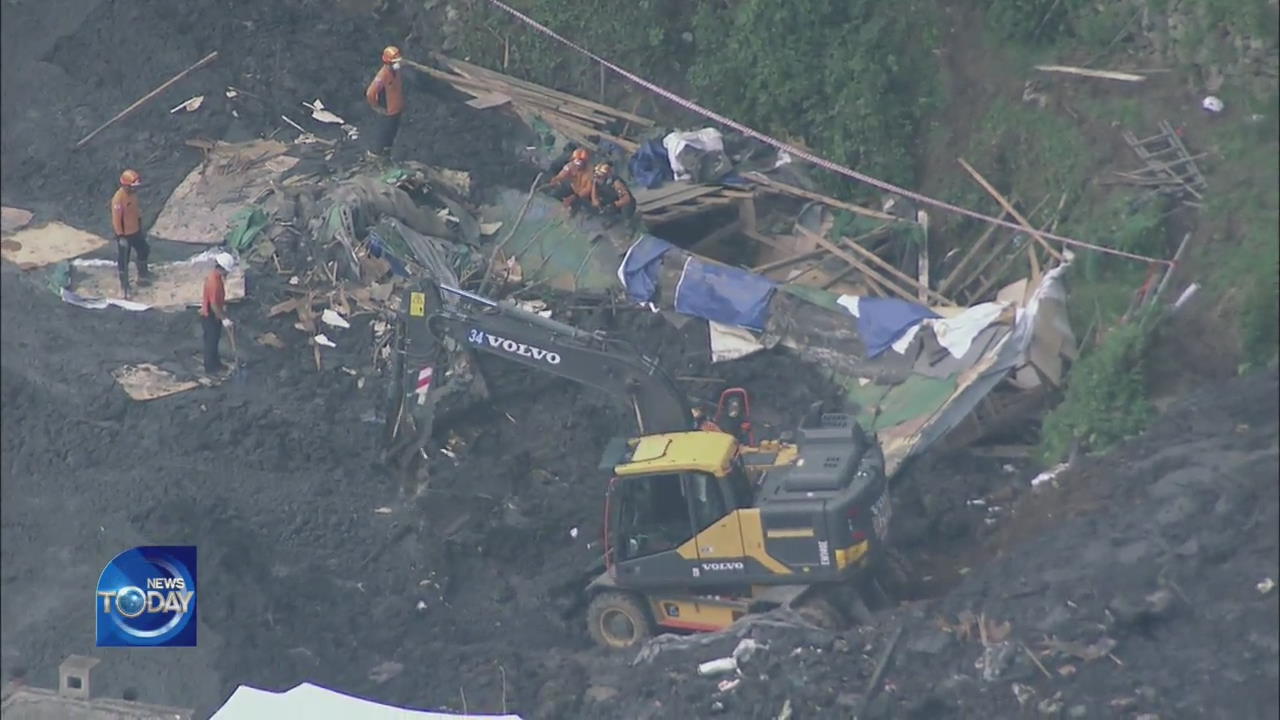
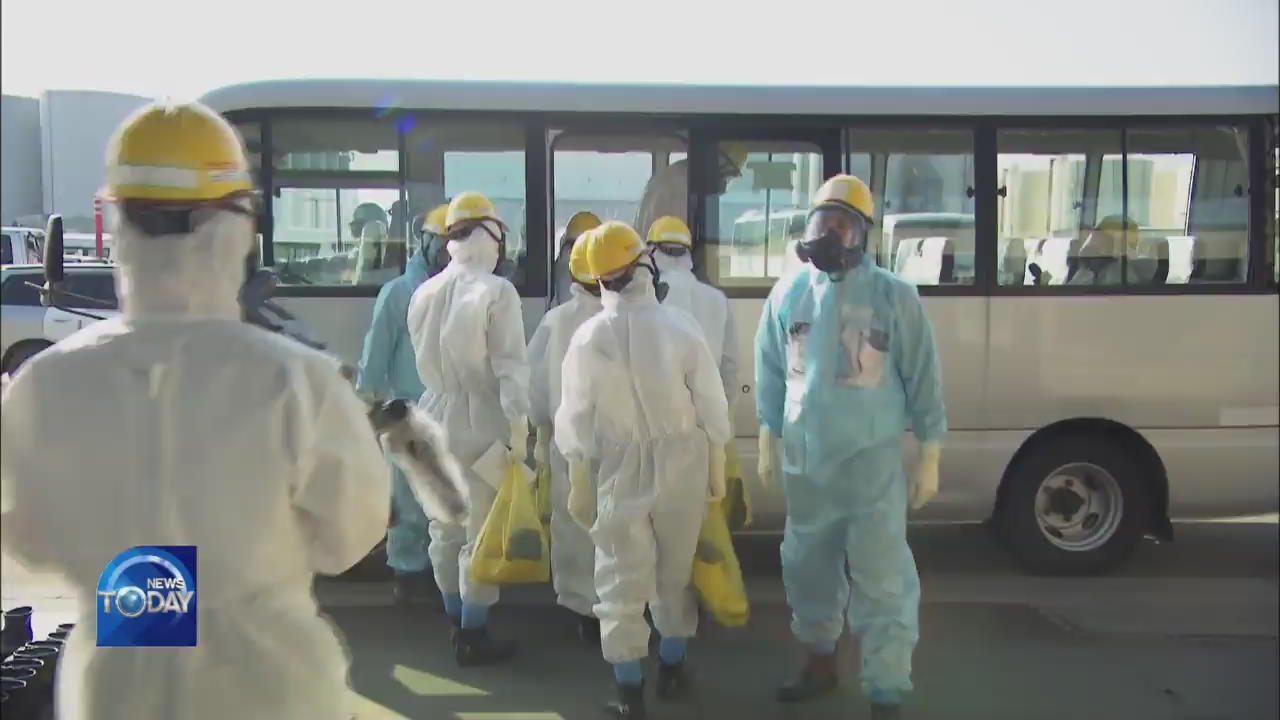
![[단독] “성희롱 피해, 부친 도박”…사생활 정보가 <br>군 내부망에](/data/layer/904/2025/02/20250205_eCy0Xy.jpg)
![[단독] 의협회장 “의료공백 <br>환자 피해는 정부 미봉책 때문”](/data/fckeditor/new/image/2025/02/05/302271738741368940.jpg)
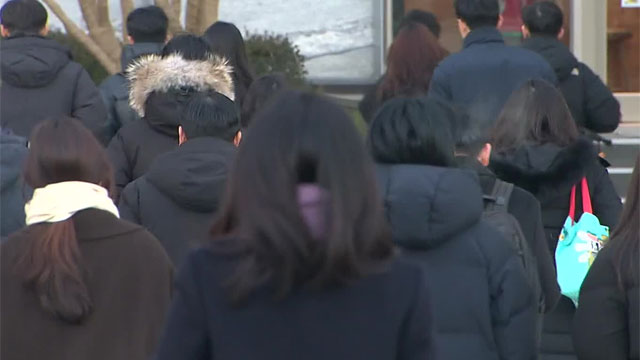
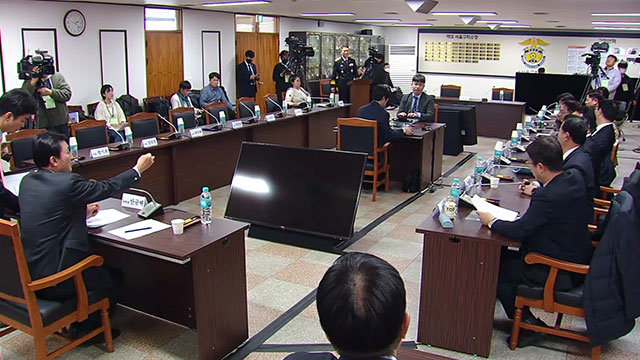

이 기사에 대한 의견을 남겨주세요.